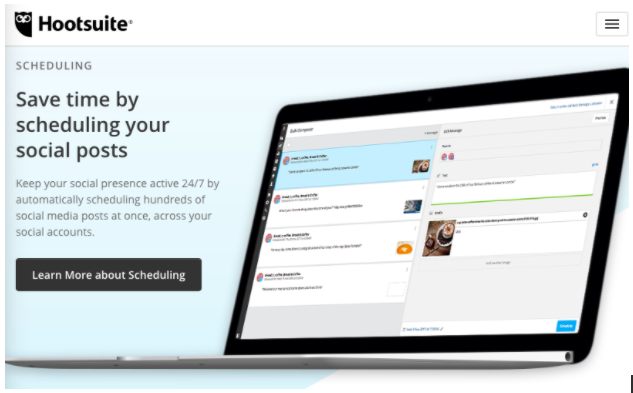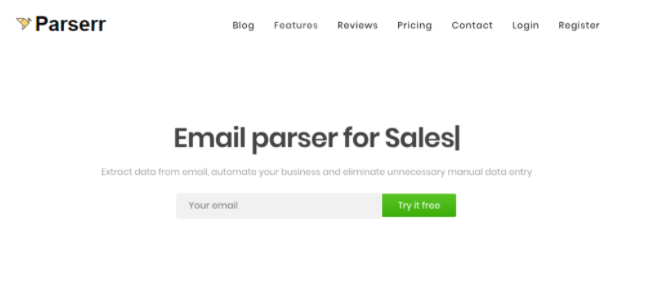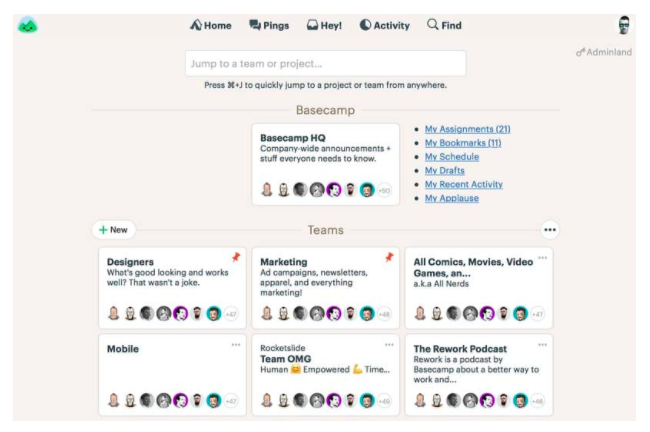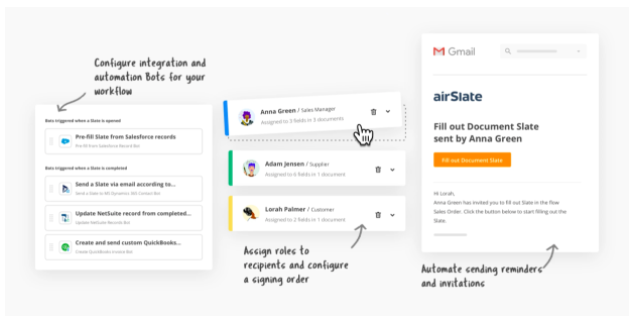
Why Home Maintenance Companies Need Digital Branding
Not long ago, HVAC technicians, roofers, plumbers, painters, electricians relied on word of mouth to acquire customers. However, about 60 percent of clients review home improvement sites when searching for services, thanks to the internet revolution. Another 30 percent will check out the website before contacting them. An Orange County water purification business or any home service firm that lacks a digital presence is like an automobile without tires.
Digital branding refers to how you create and design your business on the internet through social media, apps, visuals, websites, and more. It enables your home improvements firm to be known everywhere and shows credibility. This post explains why you need digital marketing/branding in your firm.
Digital Advertising/Branding Offers Channel Flexibility…
Digital Branding content is shared across countless platforms; this helps you reach various potential patrons looking for home services. You can capitalize on several platforms by distilling complicated topics into 1-minute or 5-seconds clips on social networks such as Facebook, Vine, Twitter, and Instagram. You can then augment the snippet with corresponding details like links to posts about cleaning products, roofing materials, and more. You can also repurpose parts of long-form content into a SlideShare or infographic presentation. Thus, customers can quickly get an overview of your company and contract your services.
It Also Attracts Mobile Engagement…

Based on a study conducted by IAB (Interactive Advertising Bureau), millennial and Gen Z customers are most likely to see your ads on mobile devices. More than half of mobile users have bought an item online after viewing relevant adverts on their smartphones.
Mobile and digital marketing work together to reach on-the-go audiences where and when they are online. Your firm can optimize Smartphone engagement by ensuring landing pages, emails, and posts transform smoothly from desktops to mobile devices. From there, you can use heatmaps and time trackers to find out where you gain and lose most visitors once they get to your mobile website.
And Enables You to Package Your Services…
Online advertising enables engagement with potential clients. You get to understand them and their needs. You can begin conversations on social media or conduct surveys to know what they are looking for and package your services. Their comments and survey responses will give you insight into their pressing issues. Digital marketing offers multiple tools for identifying who your customers are. You can begin building a relationship and become a more trusted entity. Customers are more likely to hire your home services when they know and trust you.
While Keeping a Hawk-Eye on the Competition…
To achieve more profit and become successful in providing home services, it’s critical to check out what your competitors are up to. Use them as a learning pillar rather than trying to outshine them. Examining your competition helps you discern new trends and what works. Examine what other home services companies are doing to attract clients; for example, what do they post? Do they use clips/graphics? Identify how they present their brand and what’s unique about them.
And Reducing Your Bounce Rate…

Bounce rate refers to the number of people who click on your site but leave instead of visiting other pages. It’s important to measure the quality of your website since you need guests to complete actions such as download, purchase, or contact. Lower bounce rates are better. Digital marketing uses various methods, such as infographics and clips, to reduce the bounce rate. It tailors your content to targeted audiences, thus instantly peeking their interests. One of the objectives of digital branding and marketing is to minimize bounce rates in traffic sources. This improves your sales revenue since more people will be hiring your improvements services.
Digital Branding is Also Cost-Effective!
Digital branding/advertising is more affordable than brick and mortar branding/marketing options. Traditional marketing makes it difficult for small and medium-size home service companies to compete with larger brands. Big home enhancement firms have sufficient funds for mainstream advertising such as TV and radio commercials.
Digital branding levels the playing field and offers cost-effective options to market your services to potential customers. For instance, PPC (pay-per-click) marketing enables you to select your budget. Note that your expenditure levels affect branding and marketing success.
Parting Thoughts
As stated above, among the most significant perks of web-based branding and advertising is its ability to promulgate into a surplus of online channels, including search engines, social media, online ads, online activations, and websites. It’s essential to apply consistency throughout all platforms to achieve immense success. An online marketing/branding agency will help reach a wide pool of online customers and advise you on budget-friendly and effective campaigns. It will also help you in improving the conversion rate while reducing the bounce rates.




































